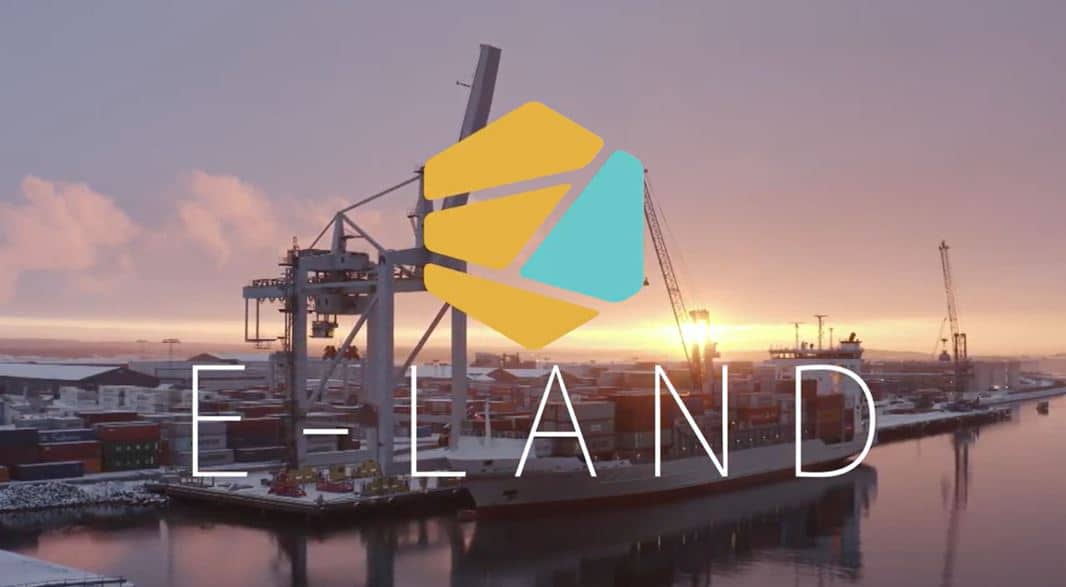In the following interview, Smart Innovation Norway Researcher and Piloting Leader for E-LAND, Farhan Farrukh, takes the readers through the innovation of the EU Horizon 2020 project E-LAND in Societal, Technological, and Business framework.
Why is this important and what it is that we want to achieve? What will these pilots help achieve in the long run – to get one step closer to the goal?
The base of the E-LAND project is to attack the global challenges regarding the continuous decarbonization of the energy sector. The E-LAND project collects and combines different energy vectors, supported by the developed E-LAND Toolbox. This is facilitated by exploiting the opportunities related to renewable energy sources, energy storage, flexible loads, and develops existing electricity networks in local energy systems (LES). The piloting period of the project will ensure that the innovative E-LAND toolbox is validated on different pilot sites. In turn, this will create a strong foundation for the market uptake of E-LAND innovation globally.
Where is E-LAND now?
As E-LAND enters their second half of the project, the innovation toolbox will be tested on three European Pilot sites while the Indian pilot will use the simulation tools for further advancement in their local context. This will help achieve the goal of providing a synergistic solution between technological, societal, and business challenges that the energy sector faces.
Where will this take place and how are the pilots set up and tested?
The pilot in Spain is represented by the Walqa Technology Park, which is located in the North East of Spain, close to the Pyrenees. The technology park is an initiative run by Aragon General Government and includes 4 buildings that are rented out and several other buildings that are owned by private companies. In total, around 700 people work here.
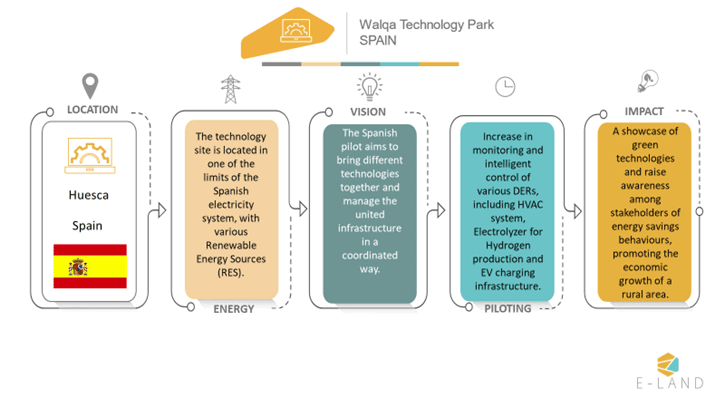
The pilot in Romania is represented by the Valahia University of Targoviste Campius that extends over 142000 m2 and hosts 2 faculty buildings, 1 administrative, 1 research institute, and 3 dorm buildings.
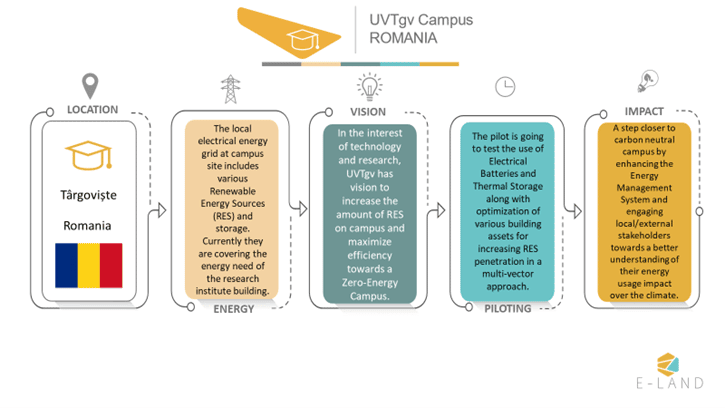
The Norwegian pilot is represented by the Port of Borg that consists of 50 hectares of industrial land and contains industry buildings, warehouses, office buildings, and open-air facilities that the port lets out to different customers.
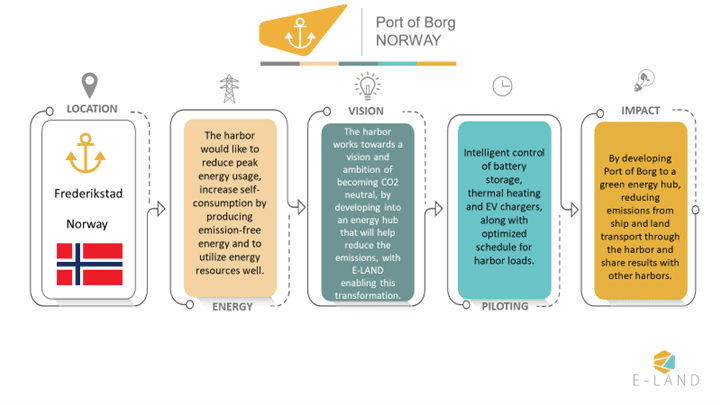
INDIAN Pilot sites
BYPL is licensed to supply and distribute electricity in central and north of Delhi. BYPL serves 1.6 million customers in the Delhi area with a mix of commercial and residential buildings.
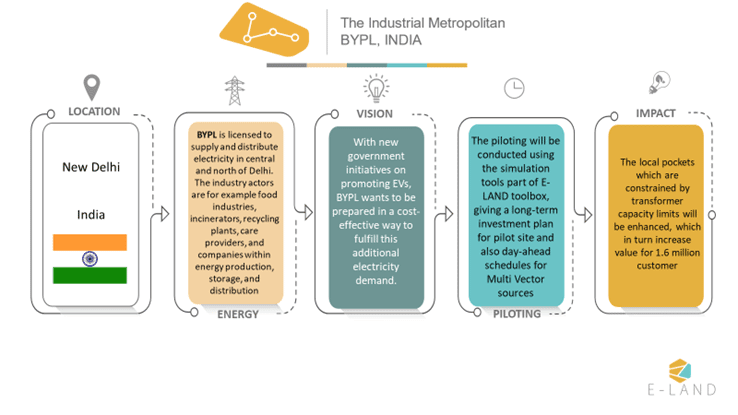
Auroville is a small township-based community with 3000 residents in the southern part of India powered by a mix of grid and on-site renewable energy.
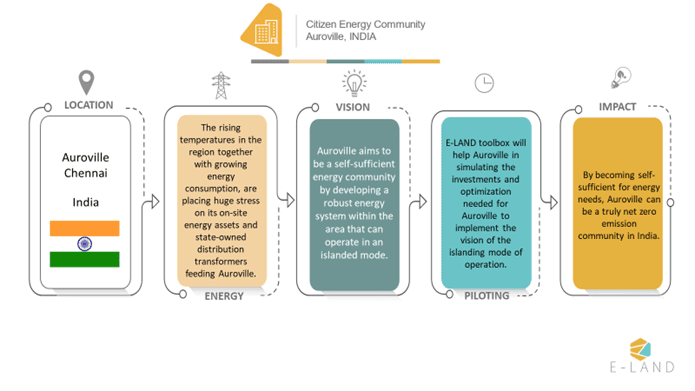
When will piloting begin (some estimation)?
All the 3 pilot sites in Europe are currently being prepared to execute successful piloting of 12 months, starting at various times at the beginning of 2021. Currently, the communication links, safety & security of all pilot sites are being assured, in order to have a successful deployment of all use-cases, for the later part of the project.
Conclusion
The piloting period of the E-LAND project will help towards validating the toolbox offering novel methodologies and tools, capable of supporting the decarbonization of Multi Energy Systems and isolated communities, around the world. The final result of the piloting will include replication guidelines that will help any other local energy system to become more energy efficient by optimizing multiple energy vectors in their Local Energy Systems.
To find out more about the E-LAND project, its goals, and pilot sites, check out the video on top.
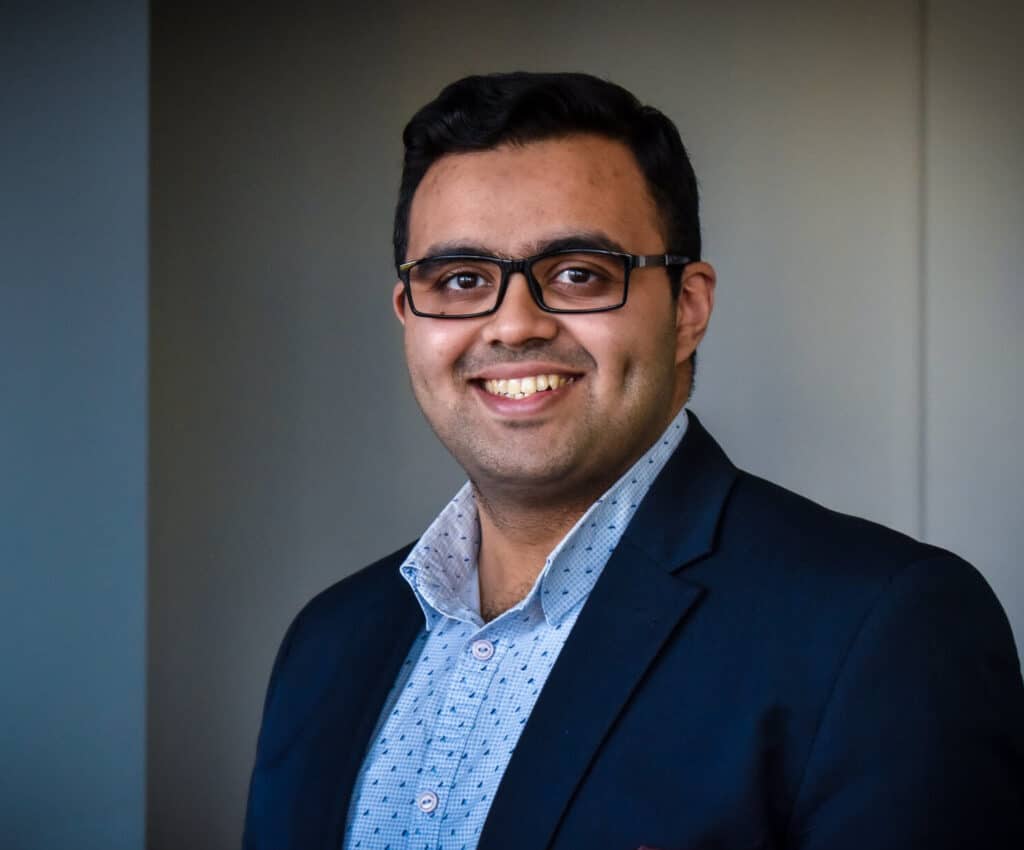
E-LAND Piloting Leader:
Farhan Farrukh,
Researcher Smart Energy Technologies at Smart Innovation Norway

